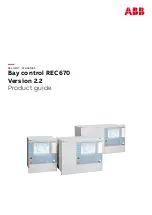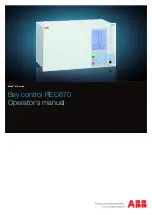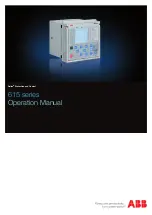
NOTE: Using more than one interface at the same time may generate unexpected results.
Table 10. CMC Interfaces
Interface
Description
Web interface
Provides remote access to CMC using a graphical user interface. The Web interface is built
into the CMC firmware and is accessed through the NIC interface from a supported web
browser on the management station.
For a list of supported Web browsers, see the “Supported Browsers” section in the
Dell
System Software Support Matrix
at
dell.com/support/manuals
.
Remote RACADM command line
interface
Use this command line utility to manage CMC and its components. You can use remote or
firmware RACADM:
•
Remote RACADM is a client utility that runs on a management station. It uses the out-
of-band network interface to run RACADM commands on the managed system and
uses the HTTPs channel. The
–r
option runs the RACADM command over a network.
•
Firmware RACADM is accessible by logging in to CMC using SSH or Telnet. You can run
the firmware RACADM commands without specifying the CMC IP, user name, or
password. After you enter the RACADM prompt, you can directly run the commands
without the racadm prefix.
Chassis LCD Panel
Use the LCD on the front panel to:
•
View alerts and CMC IP.
•
Set DHCP.
•
Configure CMC static IP settings.
•
View CMC MAC address for the active CMC.
•
View the CMC VLAN ID appended to the end of CMC IP, if the VLAN is already
configured.
Telnet
Provides command line access to CMC through the network. The RACADM command line
interface and the
connect
command, which is used to connect to the serial console of a
server or IO module, are available from the CMC command line.
NOTE: Telnet is not a secure protocol and is disabled by default. Telnet transmits
all data, including passwords in plain text. When transmitting sensitive
information, use the SSH interface.
SSH
Use SSH to run RACADM commands. It provides the same capabilities as the Telnet
console using an encrypted transport layer for higher security. The SSH service is enabled
by default on CMC and can be disabled.
WSMan
The WSMan Services are based on the Web Services for Management (WSMan) protocol
to perform one-to-many systems management tasks. You must use WSMan client such as
WinRM client (Windows) or the OpenWSMan client (Linux) to use the LC-Remote
Services functionality. You can also use Power Shell and Python script the WSMan
interface.
WSMan is a Simple Object Access Protocol (SOAP)–based protocol used for systems
management. CMC uses WS–Management to convey Distributed Management Task Force
(DMTF) Common Information Model (CIM)–based management information. The CIM
information defines the semantics and information types that can be modified in a
managed system.
The CMC WSMan implementation uses SSL on port 443 for transport security, and
supports basic authentication. The data available through WS-Management is provided by
CMC instrumentation interface mapped to the DMTF profiles and extension profiles.
For more information, see:
•
MOFs and Profiles —
delltechcenter.com/page/DCIM.Library
•
DTMF Web site —
dmtf.org/standards/profiles/
•
WSMan Release notes file.
•
www.wbemsolutions.com/ws_management.html
32
















































